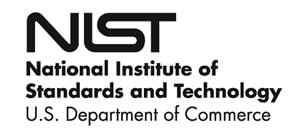RSS Feed Source: Academic Keys
Research Engineer (AI for autonomous driving perception) (LX)
Job no: 498945
Department: Infocomm Technology
Contract type: Contract
Apply now
As a University of Applied Learning, SIT works closely with industry in our research pursuits. Our research staff will have the opportunity to be equipped with applied research skill sets that are relevant to industry demands while working on research projects in SIT. The primary responsibility of this role is to deliver on an innovation research project where you will be part of the research team to conduct applied research in the topic of robust AI for autonomous driving perception. Detailed research tasks include physical-space adversarial example attacks, applying redundancy and diversity of deep neural networks to harden object detection and semantic segmentation, as well as maintaining the real-time performance of the hardened AI computing on embedded GPUs (NVIDIA Jetson AGX Orin). RGB camera and LiDAR will
Click this link to continue reading the article on the source website.


